Moving Cows and Water
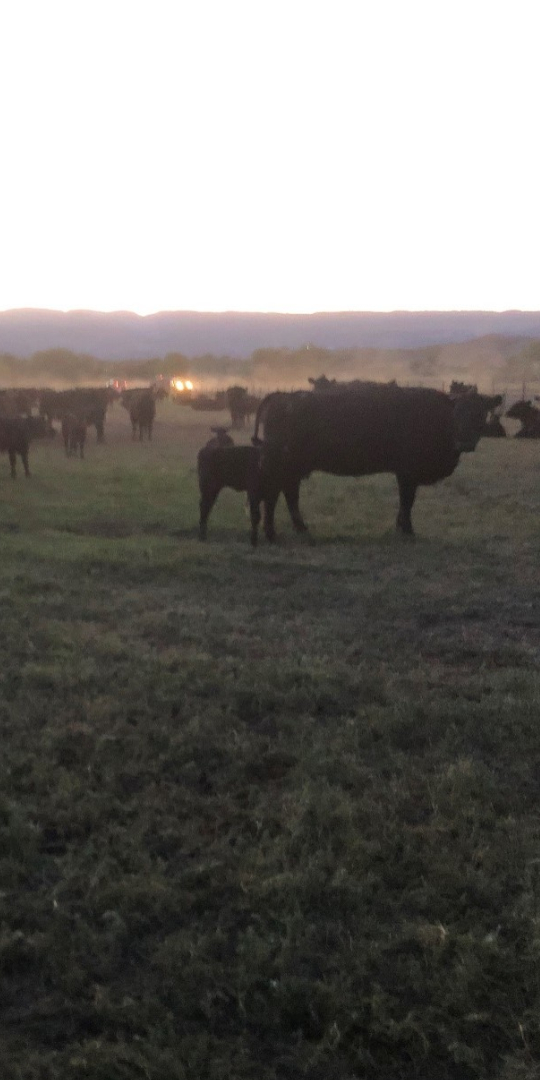
#bfrdpwy #aginternship #RightRisk
This week was a major transition from farming to moving cows and, with that, a lot of lessons. This week I [also] learned the value of having your CDL [Commercial Driver’s License].
Water [can]is a make or break of whether you can utilize a lot of range lands and how many cows you can put on it. The average cow drinks between 8-16 gallons of water a day.
THAT’S A LOT OF WATER!
The solution the Galloway’s have is to utilize water tankers, the largest being 5,000 gallons. They use a little ingenuity and attach pipe with a float so, while cows are moving, they can move water with the herd, drop the tanker off, attach the float and know the cows will get the necessary water.
More on moving cows
I have learned more on top of last week about moving cows. This year is different than most, [since] we have so much moisture out in the Badlands. The forage is rich and the cows don’t want to move off of it. So, instead of pushing the herd hard[,] we have allowed them to graze as we move and take their time so as to keep the herd together.
This week I learned that they spray [for alfalfa weevils]from webbles early and with a sprayer. [T]his contradicts what the “norm” is. It was explained to me that they have found to have more success in the way they do it. I guess the way the saying goes is, “if it works then it works.”
Its interesting to hear about different ways of doing things that have been proven to be effective.
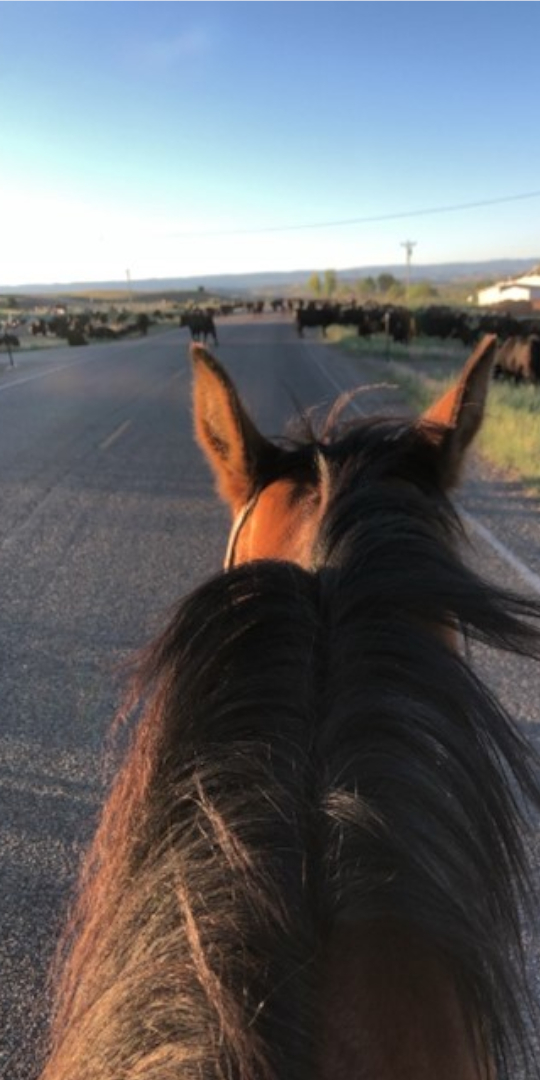
[I am wondering] what is the process to pick out replacement heifers? What data is used to decide? How to choose and implement a cull program based off of what genetic traits you’re trying to improve.
Submitted by: Jackson Haskell
Edited By: GrowinG Internship Team
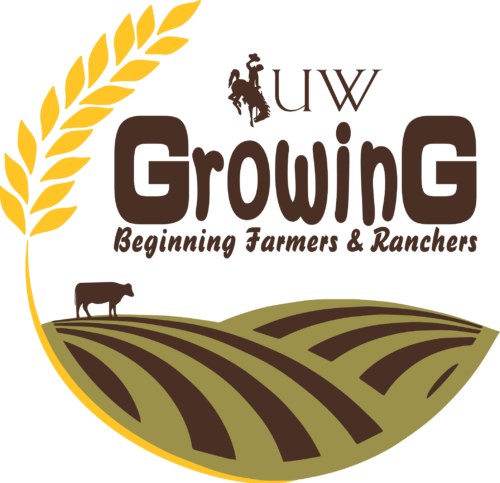
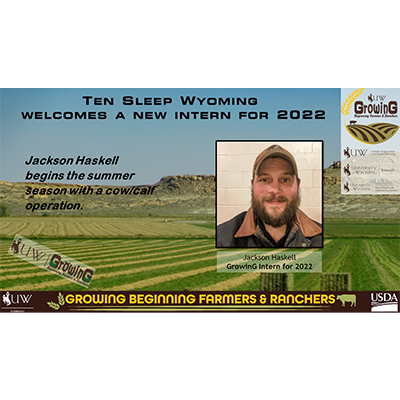
 CLICK here to view movie
CLICK here to view movie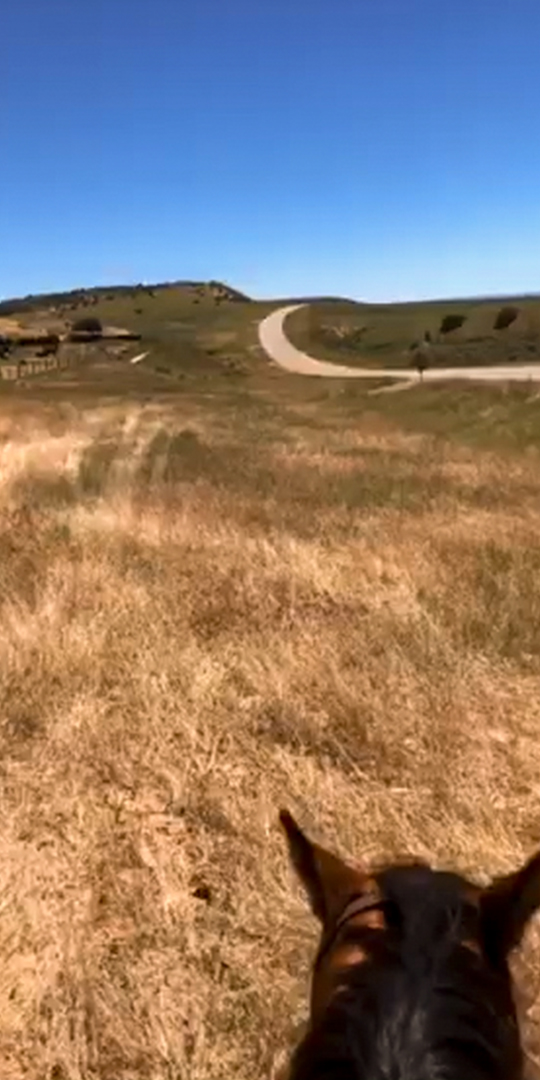 CLICK here to view movie
CLICK here to view movie